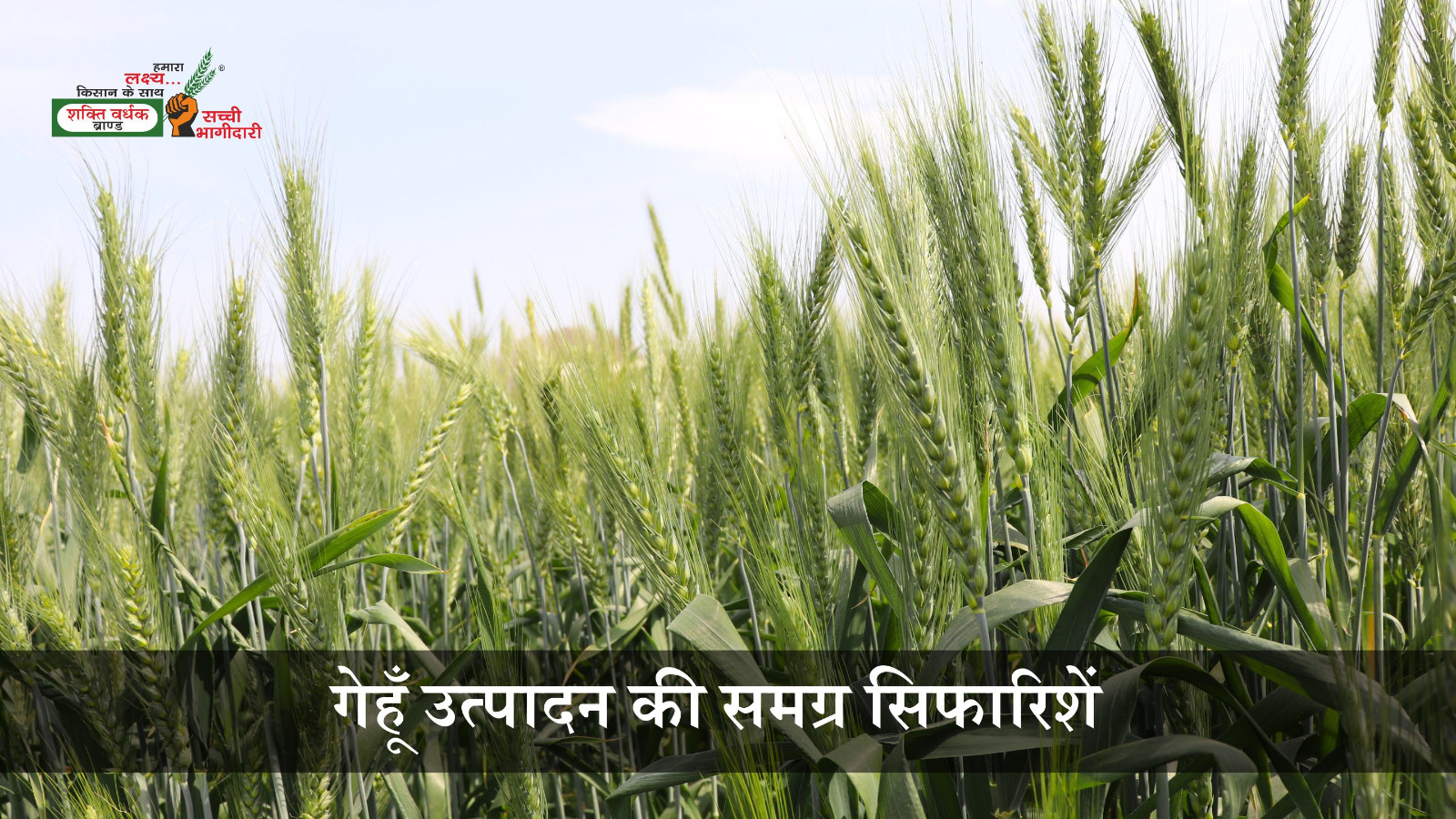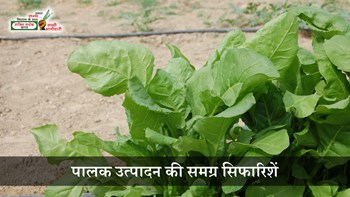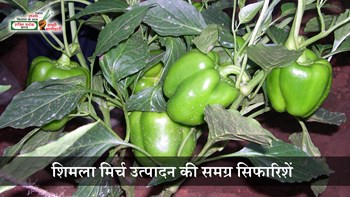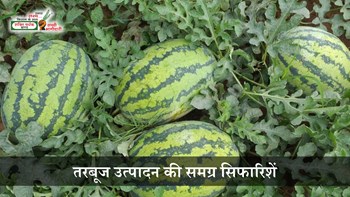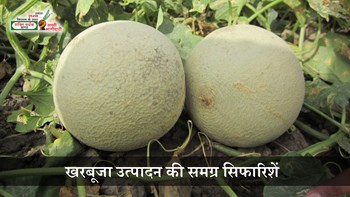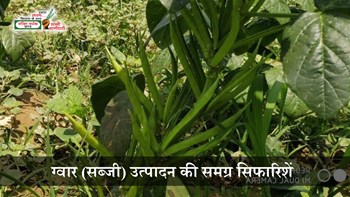Soil Selection
Wheat thrives best in medium loamy soils with good drainage. Avoid waterlogged or saline soils.
Field Preparation
After pre-irrigation (paleva), carry out 3–4 ploughings followed by harrowing to achieve a fine tilth.
Seed Rate
-
Small-seeded varieties: 40 kg per acre
-
Bold-seeded varieties: 50 kg per acre
-
For broadcast sowing: 50 kg per acre
-
For late sowing: 60 kg per acre
Sowing Method
Use seed-cum-fertilizer drills for sowing. Maintain 20 cm row spacing in timely sowing and 18 cm in late sowing.
In rice-wheat rotation systems, wheat can also be sown using Zero Till Drill or Happy Seeder directly in rice stubble.
Ideal Sowing Time
-
Irrigated areas: October 25 to November 15
-
Late sowing: Up to third week of December
Best sowing temperature: around 22°C for optimal growth.
Seed Treatment
Seeds from Shaktivardhak Hybrid Seeds Company come pre-treated with fungicides, insecticides, and bio-fertilizers.
For late sowing, soak seeds overnight (10–12 hours) in water with the water level 1–2 cm above seeds. Drain and shade-dry for 2 hours before sowing.
Fertilizer Recommendation
Whenever possible, base fertilizer application on soil testing. In the absence of testing, follow this general guideline:
| Fertilizer (kg/acre) | Irrigated | Rainfed |
|---|---|---|
| Urea | 120 | 25 |
| D.A.P. | 50 | 13 |
| Super Phosphate | 20 | – |
| Muriate of Potash | 10 | – |
| Zinc Sulphate | 10 | – |
Nutrient Content:
| Nutrient (kg/acre) | Irrigated | Rainfed |
|---|---|---|
| Nitrogen (N) | 60 | 12 |
| Phosphorus (P) | 24 | 6 |
| Potassium (K) | 12 | – |
-
Apply full dose of phosphorus, potash, zinc, and 1/3 nitrogen at sowing time.
-
Apply the 2nd dose of nitrogen at the first irrigation and the final 1/3 at the second irrigation.
Zinc deficiency correction: If not applied at sowing, spray 500g Zinc Sulphate + 2.5 kg Urea in 100L water per acre at 45 and 60 days.
Iron deficiency: If yellow striping appears on new leaves, spray 500g Ferrous Sulphate in 100L water per acre at 15-day intervals.
Irrigation Schedule
Wheat typically requires 4–6 irrigations, depending on soil type:
| No. of Irrigations | Days After Sowing |
|---|---|
| Two | 22, 85 |
| Three | 22, 65, 105 |
| Four | 22, 45, 85, 105 |
| Five | 22, 45, 65, 85, 105 |
| Six | 22, 45, 65, 85, 105, 120 |
-
Use more irrigations in light soils and fewer in heavy soils.
Weed Control
For narrow-leaved weeds (like Phalaris minor, wild oats):
-
Apply 500g Isoproturon 75% WP or 160g Clodinafop in 200L water per acre, 35–45 days after sowing
For broad-leaved weeds (like Chenopodium, Bathua, wild spinach):
-
Use 8g Metsulfuron (Algrip) per acre, sprayed 30–35 days after sowing
For mixed weeds:
-
Apply 16g Total (Sulfosulfuron + Metsulfuron) or
-
160g Vesta (Clodinafop + Metsulfuron) in 200L water per acre, 35–45 days after sowing
Use flat-fan nozzles for herbicide spray.
Note: Avoid maize or sorghum after using 'Total' herbicide.
Disease Management
Rusts (Yellow, Brown, Black)
-
Common in Dec–Feb during cold temperatures
-
Spray 800g Mancozeb (Dithane M-45) in 200L water per acre, two times at 10–15 day intervals
Molya Disease (Nematodes)
-
Affected plants turn yellow with stunted growth and fibrous root clusters
-
Use 13 kg Carbofuran (Furadan 3G) per acre at sowing
